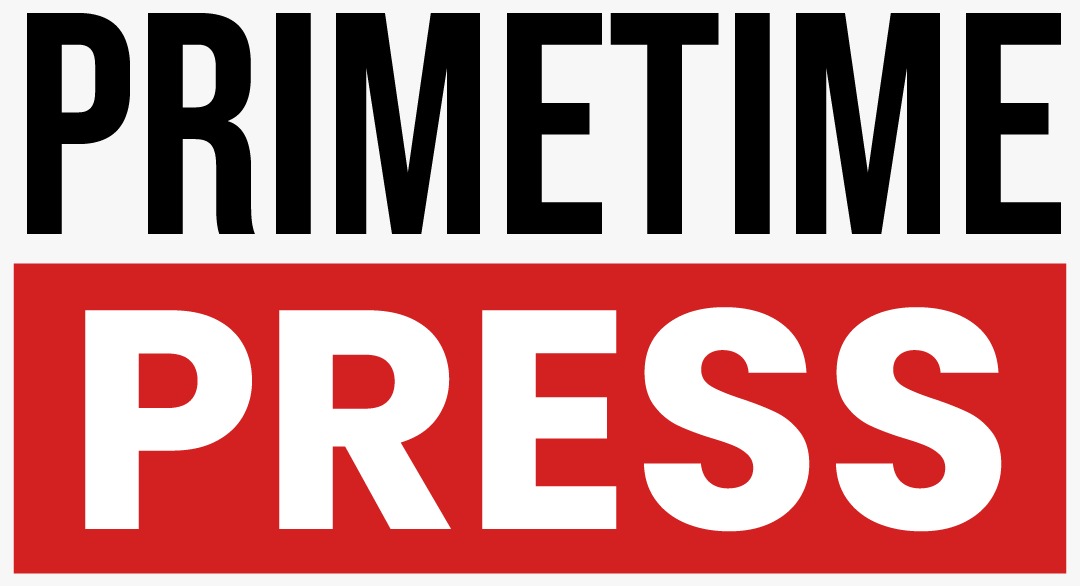With a monumental federal funding initiative set to close its application window, U.S. states are moving rapidly to secure a share of the newly launched $50 billion Rural Health Transformation Fund. This unprecedented investment, announced in September 2025 and scheduled to roll out beginning in fiscal year 2026, is one of the most ambitious federal efforts in recent memory aimed at revitalizing rural health care systems across the country. The program is designed to help states modernize aging infrastructure, expand access to medical services in underserved areas, and reduce the growing disparities between urban and rural health outcomes.
According to policy updates released November 7, all 50 states have submitted an “intent to apply” for funding, a preliminary step required by the Centers for Medicare & Medicaid Services (CMS) to signal interest in the program. States must now submit comprehensive transformation plans detailing how they intend to use their share of the funds to meet key objectives—such as improving provider recruitment, expanding telehealth access, modernizing hospital technology, and developing new rural health care delivery models.
The structure of the program allocates $10 billion annually through 2030. Roughly half of the annual disbursement will be divided equally among qualifying states that meet the minimum criteria. The remaining funds will be awarded based on a combination of factors, including the size and distribution of rural populations, demonstrated financial need, innovation in delivery models, and states’ partnerships with health systems, academic institutions, and private-sector partners.
In recent weeks, states have ramped up internal planning and external partnerships to strengthen their applications. Some, like Iowa, are seeking substantial portions of the fund to support targeted initiatives. Iowa’s proposal, dubbed “Healthy Hometowns,” seeks approximately $1 billion to establish regional care hubs, bolster telemedicine infrastructure, and enhance rural hospital capacity through integrated care and digital health solutions. Other states are emphasizing workforce development, broadband expansion, and mobile clinics as critical components of their strategy.
Policy analysts point to the scale of the Rural Health Transformation Fund as historic. While past federal programs have offered grants and loan support for specific projects in rural health, this fund represents a comprehensive, multi-year commitment aimed at systemic change. With rural hospitals closing at record rates in recent years—many citing financial instability, low patient volumes, and workforce shortages—this infusion of federal support could provide a lifeline. But experts also caution that the funding, while substantial, may not be sufficient to fully close the gap in care access and financial sustainability for all rural facilities, especially those already operating on the margins.
The challenge for many smaller hospitals and clinics lies not only in the amount of funding available but in the complexity of the application process. Transformational plans must include detailed financial and operational frameworks, timelines, and performance metrics. Smaller providers, particularly those without grant-writing teams or robust administrative infrastructure, may struggle to compete with larger health systems and well-resourced states. This dynamic has raised concerns about equity in distribution, with some fearing that the funding may disproportionately benefit states or systems that are already better positioned to implement large-scale health initiatives.
Adding to the urgency is the recent finalization of the 2026 Medicare physician fee schedule, which sets reimbursement rates for providers. The changes, some of which affect compensation for services more commonly delivered in rural settings, have sparked concerns among rural physicians and clinics. Many providers view the Rural Health Transformation Fund as a critical support mechanism to offset potential revenue shortfalls caused by the updated reimbursement framework.
For health care workers and administrators on the ground, the weeks leading up to the application deadline have been marked by a flurry of activity. States are forming coalitions with nonprofit organizations, academic institutions, and telehealth vendors to ensure their proposals meet federal guidelines and stand out in what has become a highly competitive funding race. At the same time, local stakeholders are urging lawmakers and public health officials to prioritize underserved areas and ensure that funds are distributed in a way that meaningfully addresses long-standing gaps in care access.
As the deadline approaches, the question remains whether the program will be able to deliver long-term structural improvements or merely act as a short-term infusion of cash. Success will depend not only on how the money is allocated, but on how states implement their plans, track outcomes, and sustain improvements once federal funding tapers off.
With final approvals expected in early 2026 and the first round of funding set to be distributed shortly thereafter, the coming months will be crucial in determining whether this bold initiative can reshape the landscape of rural health care in America.

